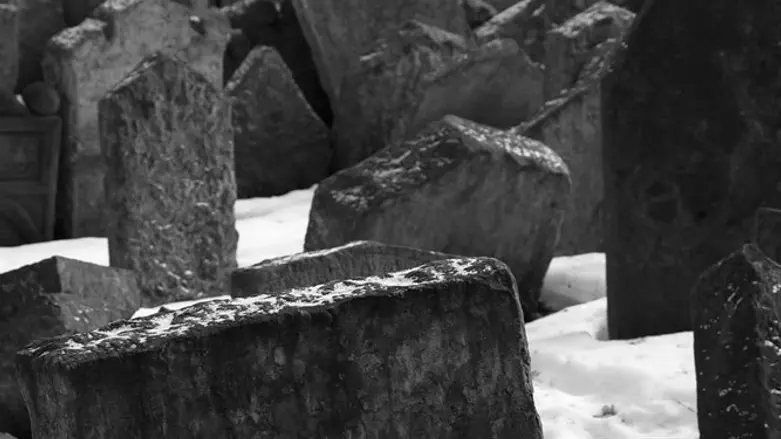
JTA - Italian archaeologists have discovered part of the so-called Campus Iudeorum, the long-lost cemetery used by Rome’s medieval Jewish community.
The discovery of 38 graves, with skeletal remains intact, was announced at a news conference this week at The National Roman Museum. A stone with part of a Hebrew inscription also was found.
The site, whose graves date from the 14th century to the early 17th century, was uncovered during excavations carried out during the restructuring of the Palazzo Leonori as the new headquarters of an insurance company.
Archaeologists dug down as deep as eight meters below the surface. A picture published by the newspaper Il Messaggero shows graves arranged in rows. Archaeologist Marzia Di Mento was quoted by Il Messaggero as saying that most of the recovered remains appeared to be of men, and wood fragments and nails indicated that the bodies had been placed in wooden coffins before burial. Two of the skeletons, the report said, apparently women, wore golden rings.
In addition to the cemetery, the excavations also uncovered remains of an ancient Roman tannery. When work is complete, parts of the two sites will comprise a small museum that can be visited by appointment.
Located in Rome’s Trastevere district, the site of the cemetery was already known through maps and archival sources but had disappeared physically centuries ago. It was taken over by the papal rulers at the end of the 16th century and finally razed in the mid-17th century when new city walls were built. At that time Jews, already confined to a ghetto, moved their cemetery to a location next to the Circus Maximus, which in turn was destroyed by the fascist regime in the 1930s. The city rose garden now occupies that spot, with a small plaque commemorating it as the site of a Jewish cemetery.